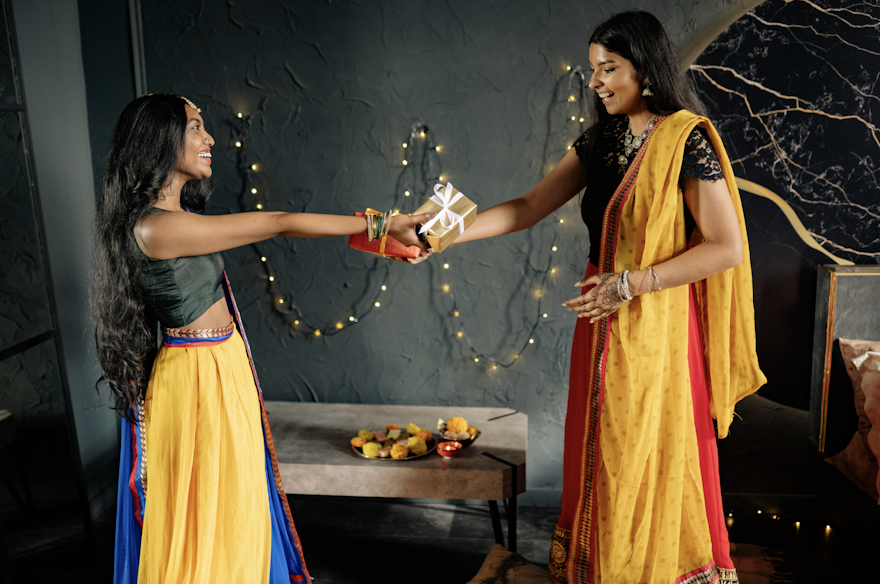Asia is a continent rich in cultural diversity, and its various countries have their own unique gift-giving customs and traditions. In this article, we delve into the fascinating world of gift-giving in different parts of Asia, offering insights into the customs that shape these practices.
Key Takeaways:
Asia is a diverse continent with unique gift-giving customs and traditions across different countries.
In China, red envelopes (hongbao) containing money are commonly given during special occasions, and gifts in sets of eight or nine are considered lucky.
Japan follows the practice of "Omiyage," where small gifts are brought when visiting someone's home, and reciprocation is important.
India sees gifts exchanged during festivals and weddings, with cash or jewelry being common, along with personalized gifts that reflect the recipient's preferences or cultural background.
South Korea emphasizes respect and gratitude in gift-giving, with traditional items like ginseng or high-quality tea being popular choices.
Thailand focuses on appreciation and relationship-building, with flowers like orchids or jasmine being favored, while frangipani flowers are best avoided.
Vietnam has gift-giving traditions during Lunar New Year (Tet) and other special occasions, with fruits, confectionery, and wine being commonly exchanged, along with lucky money envelopes for children and unmarried adults.
It's important to understand and respect specific cultural norms and practices when selecting gifts in Asia, as customs can vary within each country. By embracing these customs, you can enhance your gift-giving experiences and create meaningful connections with people from diverse Asian cultures.
China: Symbolism and Luck
In China, gift-giving carries significant cultural symbolism. Learn about the importance of red envelopes (hongbao) and when they are typically exchanged. Discover why gifts in sets of four are best avoided due to their association with bad luck, while sets of eight or nine are considered lucky.
Japan: The Art of Omiyage
Uncover the Japanese concept of "Omiyage" and its role in gift-giving. Explore the etiquette of presenting small gifts when visiting someone's home and the significance of offering local specialty snacks or beautifully wrapped souvenirs. Understand the gesture of reciprocation and its importance in Japanese culture.
India: Festivals and Personalized Gifts
Delve into the gift-giving customs of India, where festivals, weddings, and special occasions provide opportunities for exchanging presents. Learn about the common practice of giving cash or jewelry during weddings, and discover the value of thoughtful and personalized gifts that reflect the recipient's preferences and cultural background.
South Korea: Respect and Tradition
Explore the South Korean tradition of gift-giving as a way to show respect and gratitude. Discover the types of traditional gifts, such as ginseng, high-quality tea, or local delicacies, and gain an understanding of the importance of considering the occasion and relationship with the recipient to avoid inappropriate gestures.
Thailand: Appreciation and Relationships
Uncover the role of gifts in expressing appreciation and building strong relationships in Thailand. Discover the popular choices of flowers, such as orchids or jasmine, and learn why it's best to avoid frangipani flowers due to their association with funerals. Gain insights into the cultural nuances of gift-giving in this vibrant country.
Vietnam: Lunar New Year and Special Occasions
Learn about the significance of gift-giving during Lunar New Year (Tet) and other special occasions in Vietnam. Explore the traditional gifts of fruits, confectionery, or wine, and discover the custom of giving lucky money envelopes to children and unmarried adults during Tet.
While we've explored some examples of gift-giving customs in Asia, it's important to recognize that practices can vary within each country and region. Always be mindful of specific cultural norms and practices when selecting gifts in Asia. By understanding and respecting these customs, you can enhance your gift-giving experiences and foster meaningful connections across the continent.
Happy Gifting!
- The Hugsi Team 🎁
Visit hugsi.com to never receive a bad gift again!
